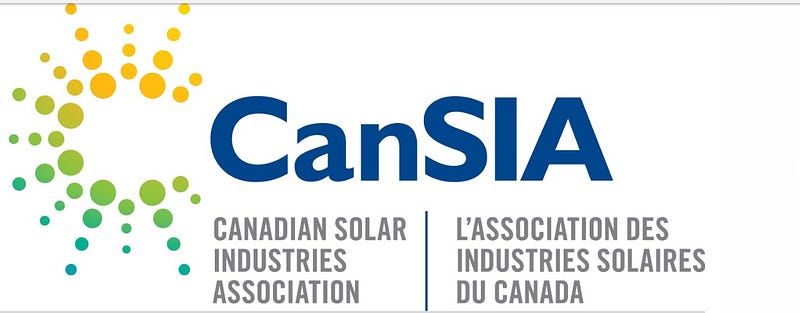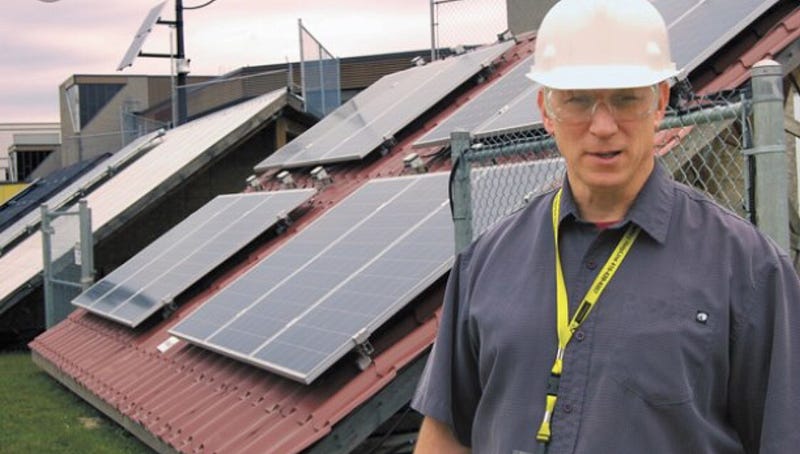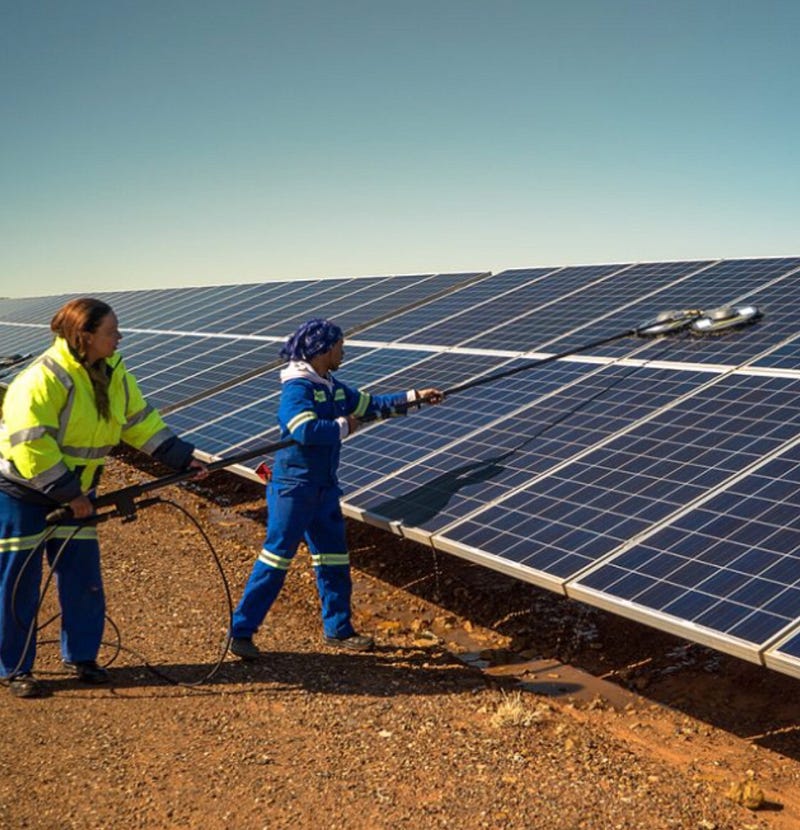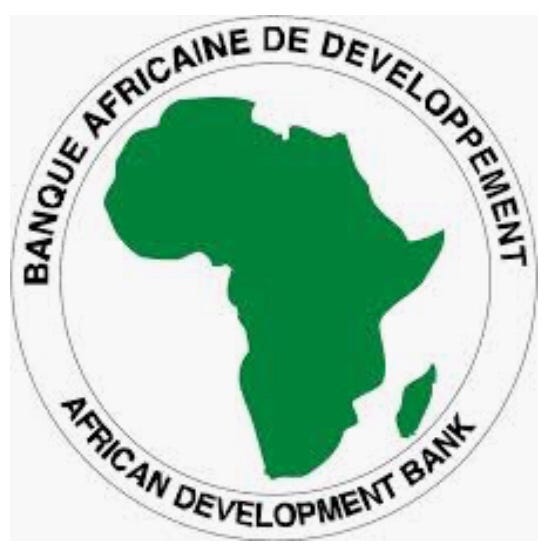Draft Paper prepared for Inclusive Internationalization Conference, Center for Global Citizenship, Centennial College, June 2018
INTRODUCTION
Based in institutions of higher learning, internationalization is essentially classroom-centered— and involves following actions:
- Making the curriculum attractive to foreign students;
- Engaging in student and faculty exchanges for global exposure and experiences;
- Offering of dual degrees with foreign partners;
- Establishing branch campuses abroad;
- Conducting collaborative fesearch outside national borders;
- Creating and involving international alumni; and
- Creating international quality assurance frameworks.
But, is it possible to think about internationalization beyond the classroom? We think it is possible — we indeed have a vision for this imperative. We were prompted by the urgent need to contribute to one of the world’s current devastating problems. And that is the energy challenge. Nearly 20 percent of the world’s 7 billion do not have electricity. This is where our main argument comes in. International collaboration involving higher education institutions and energy industry can play a robust role in fighting energy poverty. Such international collaboration would require four related actions:
- Building strategic alliances between higher institutions and solar energy industry in the global north.
- Creating a customized program for training a critical mass of solar technicians for leading the fight against energy poverty in the global south.
- Mentoring and building capacity of colleges of technology in the global south to provide solar energy training from within the region itself.
- Accessing significant development financing to fund the envisaged capacity development of the energy sector in the global south.
SUB-SAHARAN AFRICA IS A PERFECT REGION FOR THIS BRAND OF INTERNATIONALIZATION

The epicenter of energy poverty is Sub-Saharan Africa (SSA). The region is often called the dark continent — not in the racist sense that mocked the skin color of African people or people of African-descent. Rather, SSA is currently a dark continent because that is what it looks like at night due to lack of electricity. The numbers help us to explain this. Of 1.2 billion people in the world that have no electricity for lighting their homes – equivalent to the population of India – over 620 million are in Sub-Saharan Africa (SSA). Energy poverty in SSA affects an even larger number of over 730 million people who cook with hazardous materials that claim over half a million lives annually and degrade the environment. That is why the subcontinent of 1 billion people is quite literally unlit at night as indicated in the attached satellite image.
BUILDING STRATEGIC ALLIANCES WITH THE ENERGY INDUSTRY IN GLOBAL NORTH

These partnerships should not be limited to higher learning institutions as is generally the case in conventional internationalization. The energy industry should be a key player, especially companies that already implement energy projects around the world. Canada is home to the world’s second largest solar products manufacturer, Canadian Solar Inc, whose vision is to end in 10 years, use of poisonous kerosene lamp that harms millions of lives in the developing world. Imagine collaborating with such a global company that has subsidiaries on every continent.
CREATING A CUSTOMIZED PROGRAM FOR TRAINING A CRITICAL MASS OF ENERGY TECHNICIANS IN THE GLOBAL SOUTH

Centennial College’s Energy Systems Engineering Technology program that already focuses on society’s energy and environment needs could develop a global niche for fighting energy poverty. A customized, long-term, and internationally-funded program hosted at Centennial College would build a critical mass of energy technicians to lead transformation in partnering countries.
MENTORING AND BUILDING CAPACITY OF COLLEGES IN THE GLOBAL SOUTH

The key to this brand of internationalization is customized mentoring and building capacity of colleges of technology in the global south. This avoids dependence. The empowered colleges can in turn provide high quality, innovative, and responsive training programs for fighting energy poverty in their communities. For example, Durban University of Technology seeks to collaborate with Centennial College in designing and implementing off-grid solar energy solutions in South Africa and in the broader Southern African region that incorporates 15 countries with a population of 277 million. The Central University of Technology, South Africa, is also ready to collaborate in this effort.
INTERNATIONAL DEVELOPMENT FINANCING


International development funding is an enormous industry in its own right running into nearly US$100 billion annually. Development funding involves a) bilateral aid agencies; b) multilateral aid agencies; and c) regional development banks that support social and economic transformation in the developing world. In 2014, total official development aid from rich to poor countries was US$94 billion, while Canada’s contribution was US$4.3 billion. Canada is also a leading member and funder of the African Development Bank whose core business is infrastructure development including energy. In addition to official development assistance are billions of dollars spent in mitigating climate change. Entrepreneurial and smart institutions of higher learning that learn how to access these resources, do great work in transferring capacities to the global south, while doing well for themselves.
CONCLUSION
Energy is central to social and economic development. As global citizens, we must make an effort to work together to eradicate energy poverty that affects over 1.2 billion people — most of them in Sub-Saharan Africa. Internationalization beyond the classroom can make a robust contribution to this imperative. We have held a series of conversations at Centennial with potential partners in industry and higher learning institutions in Africa. The next phase should be moving the idea from the drawing board into action.
































































